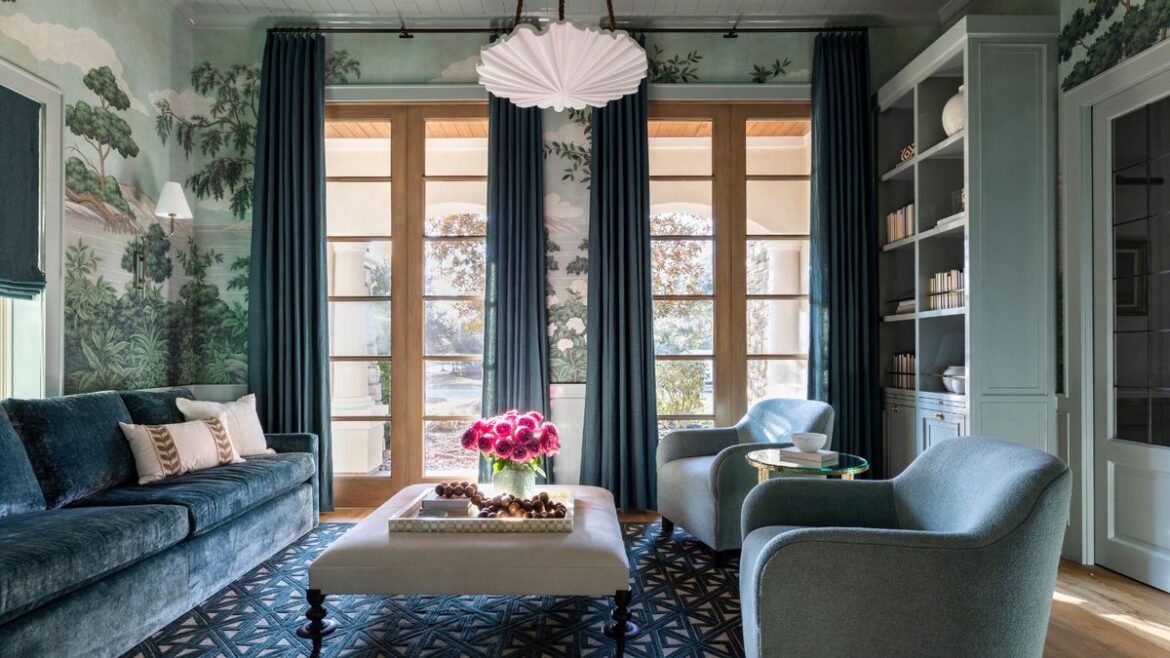Door frames are more than just functional elements in a home or office—they are an integral part of interior design that can define the character and elegance of a space. Among these, door frame architrave stand out as a versatile feature that can enhance the aesthetic appeal of any room. These decorative mouldings, placed around doors, provide a polished and finished look that transforms ordinary interiors into visually appealing environments.
The right choice of architrave can make a significant difference in the way a room feels. Whether the goal is to achieve a modern, minimalist look or a classic, ornate design, architraves offer a subtle yet impactful way to bring style and sophistication to interiors. They create clean lines around doorways, framing the doors in a way that draws the eye and adds depth to the walls. This attention to detail demonstrates thoughtfulness in design and contributes to a cohesive, elegant interior.
Material selection plays a crucial role in defining the overall appearance of door frame architraves. Wooden architraves are favored for their timeless charm and warmth, while medium-density fibreboard (MDF) options offer versatility and smooth finishes that can be painted to match any décor. For a contemporary aesthetic, metallic or laminate finishes can introduce sleekness and a modern edge. The choice of material not only impacts the look but also affects durability and maintenance, allowing homeowners and designers to balance style with functionality.
Designs for architraves range from simple, understated profiles to elaborate, sculpted patterns. Minimalist profiles work exceptionally well in modern homes, emphasizing clean lines and subtle elegance. On the other hand, intricate moulded designs can enhance traditional interiors, adding a sense of luxury and attention to detail. By carefully selecting the design, it is possible to complement existing architectural elements such as skirting boards, cornices, and ceiling mouldings, creating a harmonious visual flow throughout the space.
Color and finish also contribute significantly to the transformative effect of architraves. Light-colored architraves can brighten interiors, giving a sense of spaciousness, while darker tones introduce contrast and richness. Painted architraves offer a refined look, seamlessly blending with wall colors or providing a striking contrast that highlights the doorway. Natural wood finishes, on the other hand, add warmth and texture, making interiors feel more inviting.
Beyond aesthetics, door frame architraves serve a practical purpose by covering gaps between walls and door frames, resulting in a cleaner and more polished installation. They also provide an opportunity for subtle customization, allowing homeowners and interior designers to reflect personality and style through detailing that often goes unnoticed but leaves a lasting impression.
Incorporating stylish door frame architraves into interior design is an effective way to elevate a space without requiring major renovations. Thoughtful selection of materials, design, and finish allows doors to become a focal point, transforming ordinary rooms into elegant and cohesive environments. By paying attention to these details, interiors can achieve a level of sophistication and refinement that speaks volumes about both taste and attention to detail.




